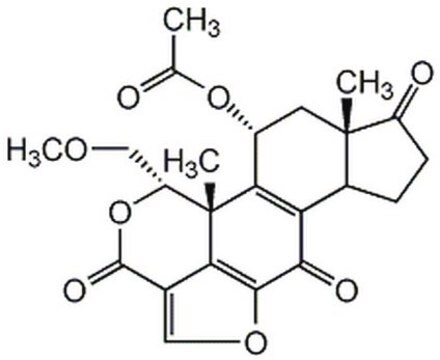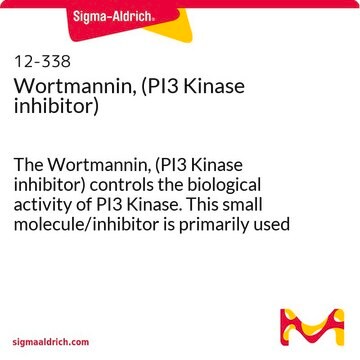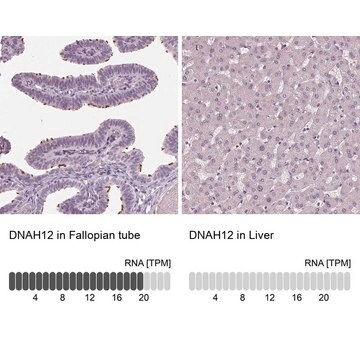07-1341
Anti-PHLPP1 Antibody
from rabbit, purified by affinity chromatography
Synonym(s):
PH domain and leucine rich repeat protein phosphatase, PH domain leucine-rich repeat protein phosphatase, Pleckstrin homology domain-containing family E protein 1, SCN circadian oscillatory protein, Suprachiasmatic nucleus circadian oscillatory protein
About This Item
Recommended Products
biological source
rabbit
Quality Level
conjugate
conjugate
antibody form
affinity isolated antibody
antibody product type
primary antibodies
clone
polyclonal
form
liquid
purified by
affinity chromatography
species reactivity
rat, mouse, human
technique(s)
immunocytochemistry: suitable
western blot: suitable
immunogen sequence
KLH-conjugated linear peptide corresponding to the C-terminus of PHLPP1.
NCBI accession no.
UniProt accession no.
shipped in
wet ice
storage temp.
2-8°C
Gene Information
human ... PHLPP1(23239)
General description
Specificity
Immunogen
Application
Signaling
PI3K, Akt, & mTOR Signaling
Quality
Western Blot Analysis: A 1:1,000 dilution of this antibody detected PHLPP1 in Human brain tissue lysate.
Target description
Physical form
Storage and Stability
Analysis Note
Human brain tissue lysate
Other Notes
Disclaimer
Not finding the right product?
Try our Product Selector Tool.
Storage Class Code
12 - Non Combustible Liquids
WGK
WGK 1
Flash Point(F)
Not applicable
Flash Point(C)
Not applicable
Regulatory Listings
Regulatory Listings are mainly provided for chemical products. Only limited information can be provided here for non-chemical products. No entry means none of the components are listed. It is the user’s obligation to ensure the safe and legal use of the product.
JAN Code
07-1341:
Certificates of Analysis (COA)
Search for Certificates of Analysis (COA) by entering the products Lot/Batch Number. Lot and Batch Numbers can be found on a product’s label following the words ‘Lot’ or ‘Batch’.
Already Own This Product?
Find documentation for the products that you have recently purchased in the Document Library.
Our team of scientists has experience in all areas of research including Life Science, Material Science, Chemical Synthesis, Chromatography, Analytical and many others.
Contact Technical Service








